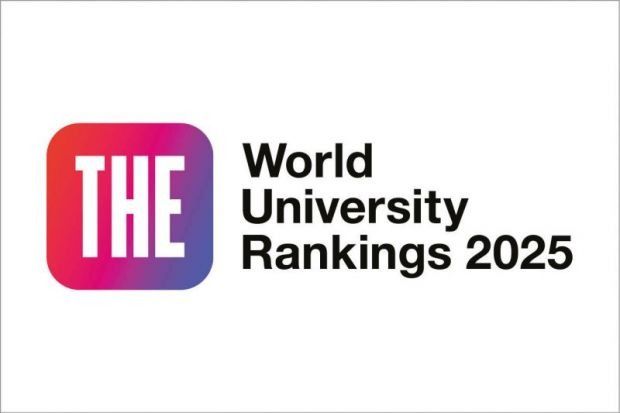Times Higher Education World University Rankings
Times Higher Education World University Rankings
The Times Higher Education World University Rankings is one of the most prestigious and influential global university rankings, evaluating institutions based on a comprehensive set of criteria covering key aspects of higher education. First launched in 2004 by Times Higher Education (THE) in collaboration with Quacquarelli Symonds (QS), it became an independent ranking in 2010. The ranking assesses universities based on five main areas, measured through 13 performance indicators to ensure a fair and thorough evaluation. These areas include teaching, which examines the quality of the learning environment, student-to-faculty ratio, and academic reputation; research, which evaluates research volume, funding, and reputation; citations, which measure the influence and impact of a university’s research output in the global academic community; international outlook, which considers the proportion of international students and staff, as well as research collaborations with global institutions; and industry income, which assesses a university’s contribution to industry through innovation and consultancy services. This ranking is widely used by students, academics, and policymakers to identify leading institutions in teaching and research and to enhance the global reputation of universities. The Times Higher Education World University Rankings publishes an annual list of over 1,900 universities from 108 countries, making it one of the most comprehensive and reliable university ranking systems worldwide. Alongside other rankings such as the QS World University Rankings and the Shanghai Ranking, it provides a holistic perspective on global higher education quality. Currently, the National University of Science and Technology is in the data processing phase, and its results will be published in this year's ranking cycle.
